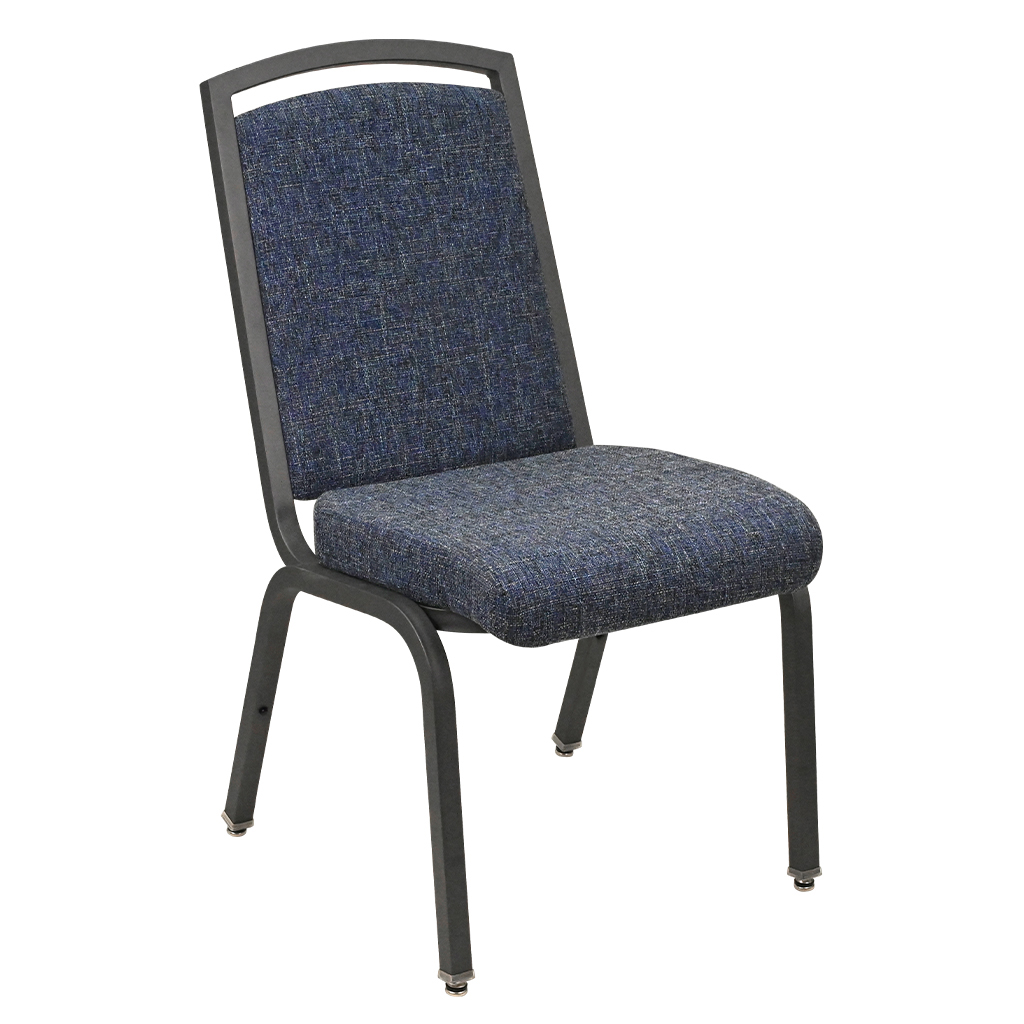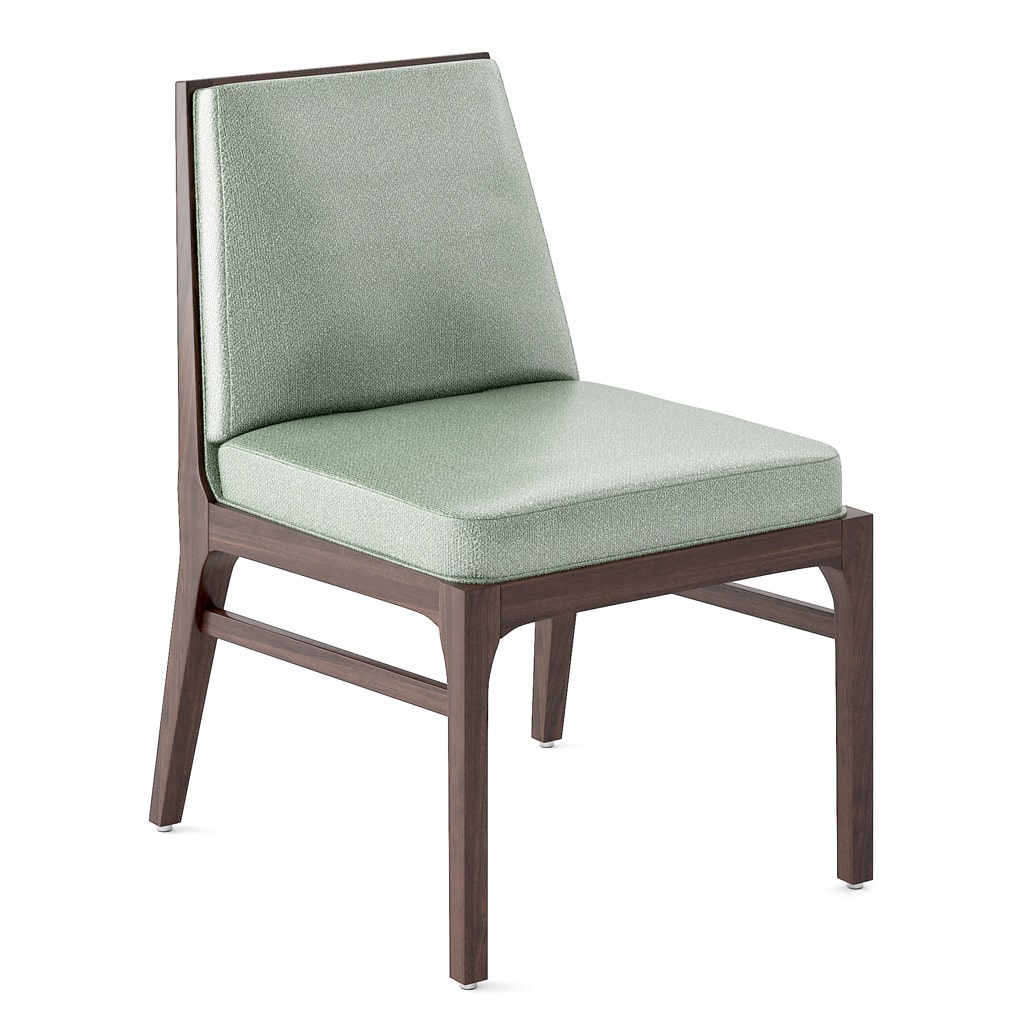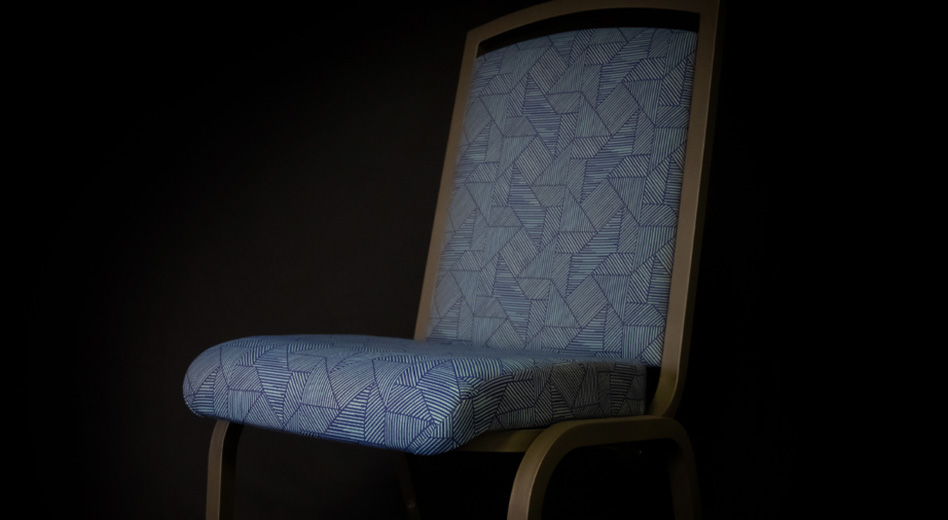
When designing a waiting room, whether it’s for a hotel lobby, medical office, school, restaurant, or any other commercial or public space, selecting the right chairs is crucial. The chairs you choose will significantly impact your visitors’ comfort, your space’s aesthetics, and even your business’s overall brand and reputation. This guide will walk you through the key factors to consider when selecting waiting room chairs.
Products |  Encore Banquet Chair |  Novva Chair |  Lucca Side Chair |  MeshOne Stacking Chair |
|---|---|---|---|---|
Price Point |  |  |  |  |
Comfort |  |  |  |  |
Ability to Customize |  |  |  |  |
Top Styles for Waiting Room Chairs
Many chair styles can work well in waiting areas. In general, we recommend avoiding hard chairs as they are likely to make your guests feel uncomfortable and impatient while they are waiting. Choose chairs with ample back support and comfortable seats made with high-quality foam or mesh fabric
You may wish to get stackable waiting room chairs if the chairs will also be used in other areas of the property or if they will be stored occasionally.

Comfort is Key
First and foremost, comfort should be your top priority. Remember, people may be sitting in these chairs for extended periods of time, especially in medical offices and other waiting areas.
- Ergonomics: Look for chairs with cushioned backrests and good lumbar support. This helps reduce strain on the spine and promotes good posture.
- Seat Depth and Width: Ensure the seat is deep enough to support the thighs without putting pressure on the back of the knees. The width should be wide enough to comfortably accommodate various body types.
- Armrests: While not always necessary, armrests can provide additional support and comfort, especially for older individuals or those with mobility issues.
- Padding: The type of foam used in the chair will determine how long it feels comfortable. Cheap foam breaks down quickly, while high-quality, durable foam will stay flexible for 15 years or more. The padding should be firm enough to provide support but soft enough to provide comfort.
Durability Matters
Durability is essential in high-traffic areas. Your chairs need to withstand constant use and maintain their appearance over time.
- Frame Material: Metal frames are typically the most durable, but high-quality hardwood can also work well. Avoid plastic frames for most commercial applications.
- Upholstery: Choose commercial-grade fabrics designed for heavy use. Look for high rub counts (30,000 or higher) and stain-resistant treatments.
- Construction: Check for reinforced joints and quality construction methods like mortise and tenon joints for wooden chairs or welded joints for metal frames.

Style and Aesthetics
The chairs you choose will play a significant role in setting the tone and atmosphere of your waiting area.
- Match Your Brand: Select chairs that align with your brand’s aesthetic. A sleek, modern medical office might opt for minimalist designs, while a cozy bed and breakfast could choose something more rustic or homey.
- Color Considerations: While it’s tempting to choose neutral colors for longevity, don’t be afraid to incorporate your brand colors or use chairs to add pops of color to your space.
- Variety: Consider mixing and matching different styles of seating (e.g., individual chairs, loveseats, or benches) to create visual interest and accommodate different group sizes.
Practical Considerations
Beyond comfort, durability, and style, there are several practical factors to keep in mind:
- Space Efficiency: Measure your space carefully and choose chairs that make the most of the available area without overcrowding. Consider modular seating options for flexibility.
- Cleaning and Maintenance: In high-traffic areas or healthcare settings, use materials that are easy to clean and sanitize. Vinyl or polyurethane upholstery can be wiped down easily.
- Accessibility: Ensure you have seating options for individuals with disabilities or mobility issues. This might include chairs with higher seats, sturdy armrests, and space for wheelchairs.
- Versatility: For multi-use spaces, consider stackable or easily movable chairs to allow for quick reconfigurations.

Industry-Specific Considerations
Different types of waiting rooms may have unique requirements:
- Healthcare: Prioritize infection control with easily sanitized materials. Consider bariatric options and chairs with higher weight capacities.
- Hospitality: Focus on creating a luxurious, welcoming atmosphere with plush seating and high-end finishes.
- Education: Durability is key. Look for chairs that can withstand the energy of young students and consider including some seating with attached writing surfaces.
- Restaurants: Opt for chairs that encourage a relatively quick turnover while still being comfortable. Consider sound-absorbing materials to manage noise levels.
- Corporate Offices: Choose professional-looking chairs that make a good impression on clients and partners.
Budget Considerations
While it’s tempting to cut costs on waiting room furniture, remember that these chairs are an investment in your customers’ or clients’ experience.
- Long-Term Value: Higher-quality chairs may have a higher upfront cost but can save money in the long run by lasting longer and maintaining their appearance.
- Warranty: Look for chairs with good warranties from reputable companies. A strong warranty for commercial furniture is 10 years or more, but make sure it is a commercial warranty. Using residential-grade furniture in a commercial setting will void the warranty.
- Bulk Discounts: Many manufacturers offer discounts for large orders. Don’t be afraid to negotiate, especially for substantial purchases.

Test Before Buying
When buying commercial furniture, request a sample chair so you can try before you buy. Your MityLite Sales Representative can also give you a list of businesses in your area that use MityLite chairs.
- Sit Test: Take the time to sit in the sample chairs for at least 10-15 minutes to gauge comfort.
- User Feedback: If replacing existing chairs, ask your regular visitors or staff for input on what they like or dislike about the current seating. Then, give them a chance to sit in the sample chairs and ask for feedback.
Choosing the right chairs for your waiting room will help create a pleasant space for your guests and customers. The best chairs for your property will have the right balance of comfort, durability, style, and practicality to fit your style. By carefully considering each of these factors and how they apply to your specific needs, you can create a welcoming, comfortable space that leaves a positive impression on your visitors. Remember, waiting room chairs are more than just furniture—they’re an extension of your brand and a key part of your customers’ experience.

Interested in Sample Chairs? Contact your MityLite Sales Rep today.


